Semedo, Polyanthea medicinal, 1727.
- Regular price
- €4.500,00 EUR
- Regular price
-
- Sale price
- €4.500,00 EUR
- Unit price
- per
Introducing drugs from around the world
João Curvo Semedo (1635-1719).
Polyanthea medicinal. Noticias galenicas, e chymicas, repartidas em tres tratados [...] Quarta vez impressa […].
Lisboa Occidental, Na Officina de Antonio Pedrozo Galram, 1727.
Folio in 6s. [60], 312, 317-879, [1 blank], 32, [4], 11, [1 blank], [1], [1 blank] pp. = complete with the advertisement leaf at the end and the 3 plates: an engraved frontispiece showing the Portuguese Royal coat-of-arms by J. Gomez, 1727; a full-page engraved portrait of the Archbishop of Lisbon Luís de Sousa by Claude Duflos, 1701; and an engraved portrait of the author João Curvo Semedo also by J. Gomez, 1727.
Contemporary sheep with gold-tooled spine and raised bands.
An important pioneering Portuguese medical guide showcasing practices from around the world, this rare fourth edition stands out for its inclusion of the list of drugs sourced from other continents: "Memorial de varios simplices que da India Oriental, da America, & de outras partes do mundo vem ao nosso Reyno." In this list, the author delineates 52 medicinal drugs originating outside Europe, primarily from tropical regions such as Brazil, Amazonia, Angola, Mozambique, and Goa, as well as from Virginia and China. Initially featured in the third edition of 1716, this edition marks the second appearance of the list. It was often excised from copies, as evidenced by the British Library's 1716 copy, and likely circulated separately without attribution or date, as observed in the Wellcome copy.
Printed shortly after the author's death, this fourth edition of the "Polyanthea Medicinal" (not recorded in auction records or in the Wellcome Collection) was overseen by his son, Ignacio. While the text is newly set and largely akin to earlier editions, two of the three plates have been substituted with new ones by J. Gomez: the frontispiece and the portrait of Semedo. Though artistically of somewhat inferior quality, the portrait of Semedo intriguingly features additional books, portraying him not only as a physician but also as a prolific author. Subsequent editions reverted to the original text and portraits, rendering this fourth edition a unique anomaly.
The author, Semedo, served as a physician to the Royal family while also running a successful apothecary business. This dual role facilitated a robust network of traders who supplied him with diverse and previously unknown medical resources from distant locales. In his principal work, Semedo adeptly incorporated influences from non-Western regions while adhering to European conventions, seamlessly integrating citations from African and South Asian healers into the nearly 1000-page compendium. For instance, Semedo cataloged entries for Virginian snake root as a treatment for rattlesnake bites, as well as "Tambuape" and "Jamvarandim" roots used by indigenous Bahian peoples as antidotes (see: Berry, p. 41).
Condition: binding worn, preserving the original endpapers. Slight worming to the pastedowns and free endpapers. Slight stain in bottom corner of last couple pages. Contemporary annotation in ink on last free endpaper. Otherwise in very good condition.
Literature: Inocêncio, III, p. 357; not in Sabin
Benjamin Breen, ‘Semedo’s sixteen secrets: tracing pharmaceutical networks in the Portuguese tropics’. In: Empires of knowledge, Brill, 2023.
Chelsea L. Berry, Poisoned Relations: Medicine, Sorcery, and Poison Trials in the Contested Atlantic, 1680-1850. Diss. Georgetown University, Washington D.C., 2019.
Hugh Cagle, Assembling the Tropics: Science and medicine in Portugal’s Empire, 1450-1700. Cambridge University Press, 2018.

Map of the sources of drugs in Semedo’s Memorial.
Source: Hugh Cagle, Assembling the Tropics: Science and medicine in Portugal’s Empire, 1450-1700. Cambridge University Press, 2018, fig. 13.3.
Couldn't load pickup availability
Share
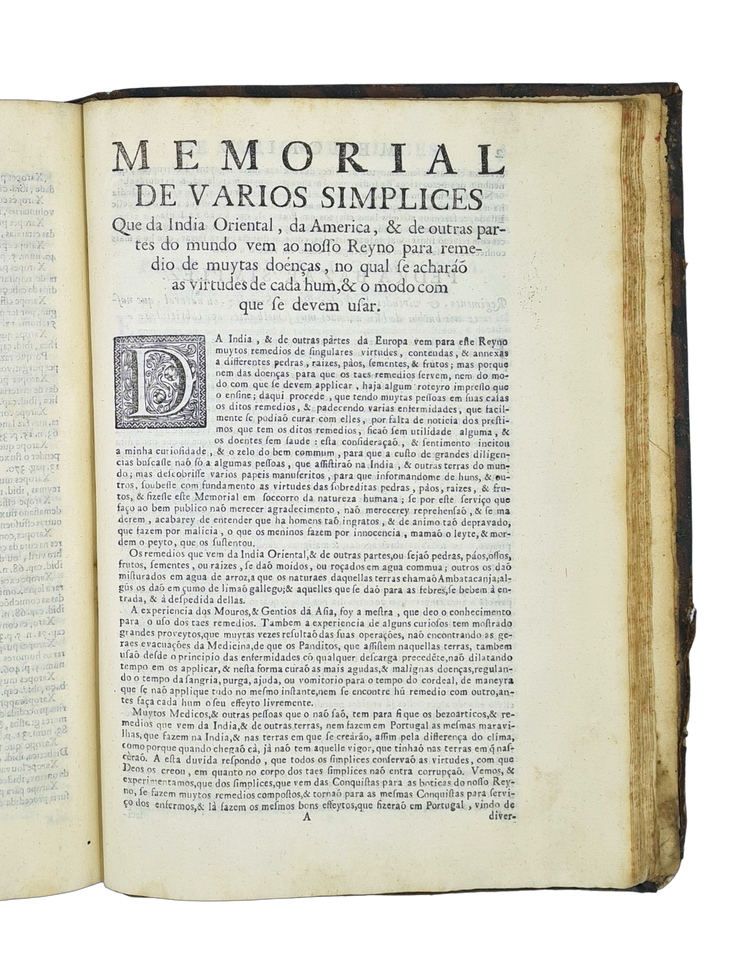
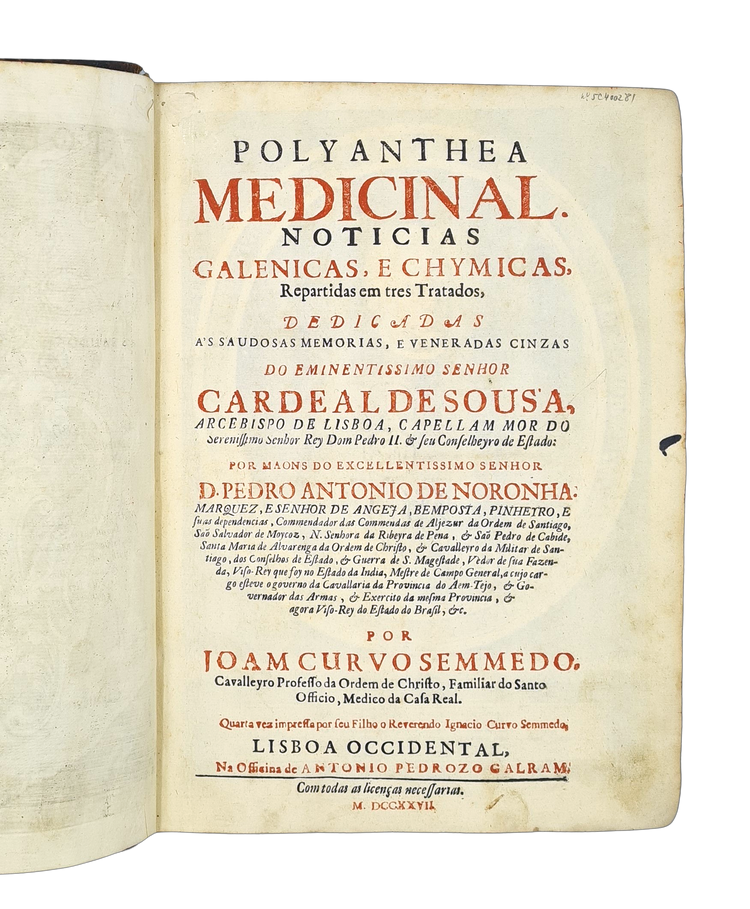


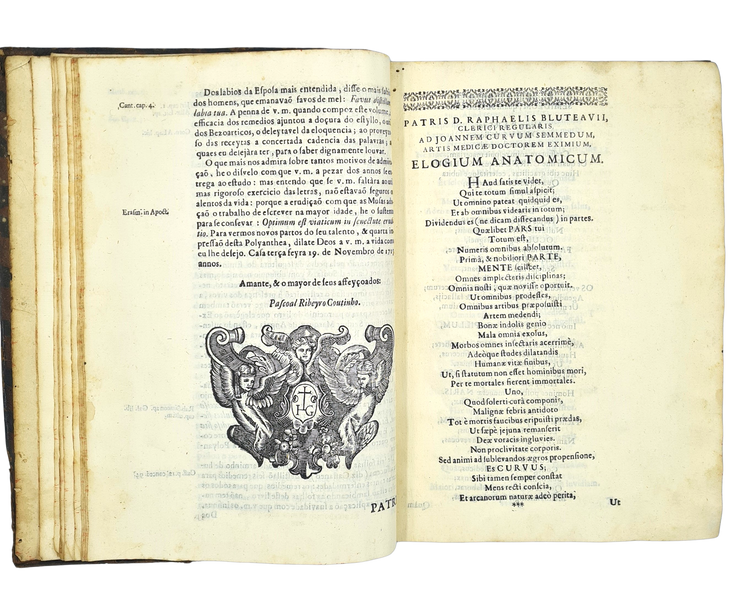
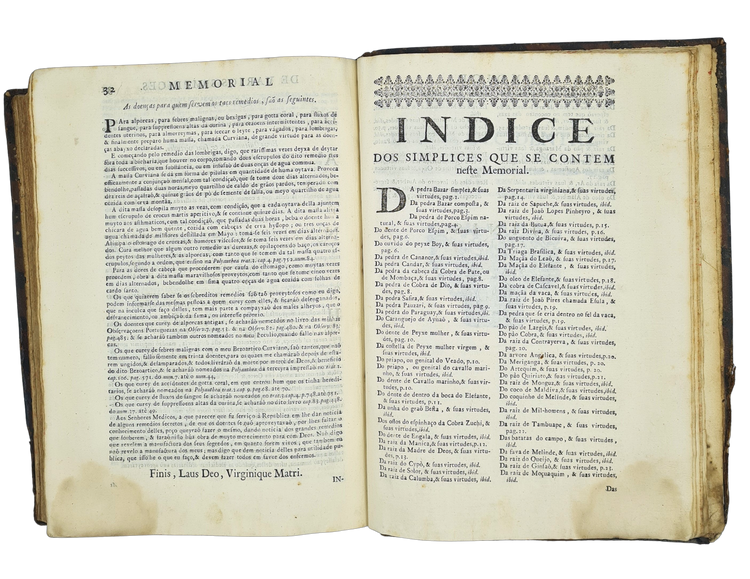
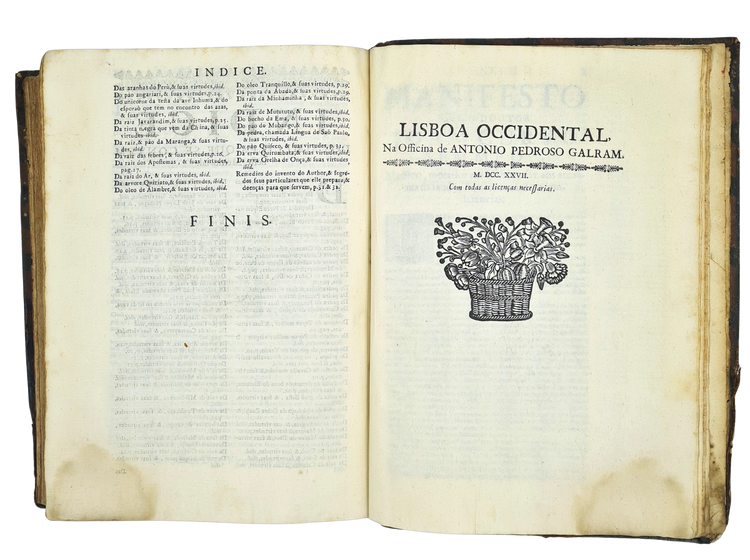
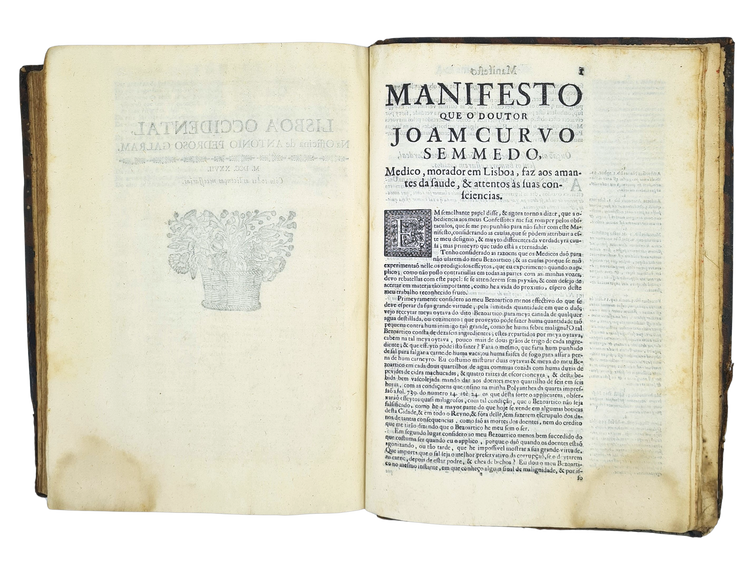
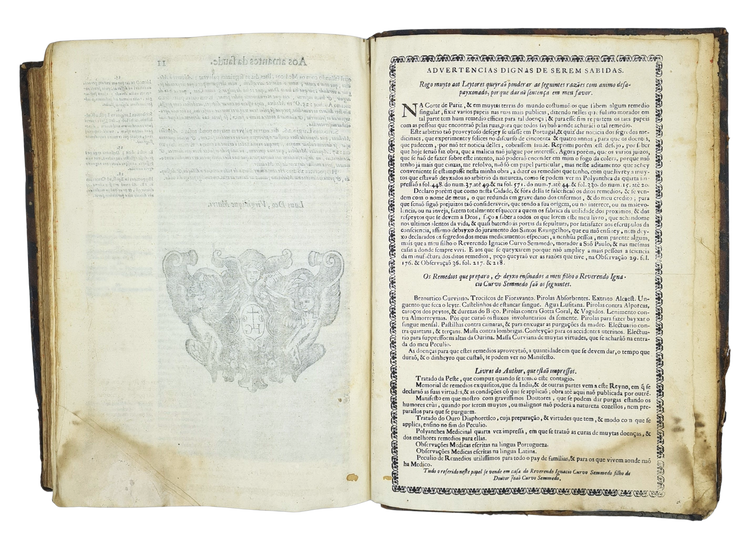
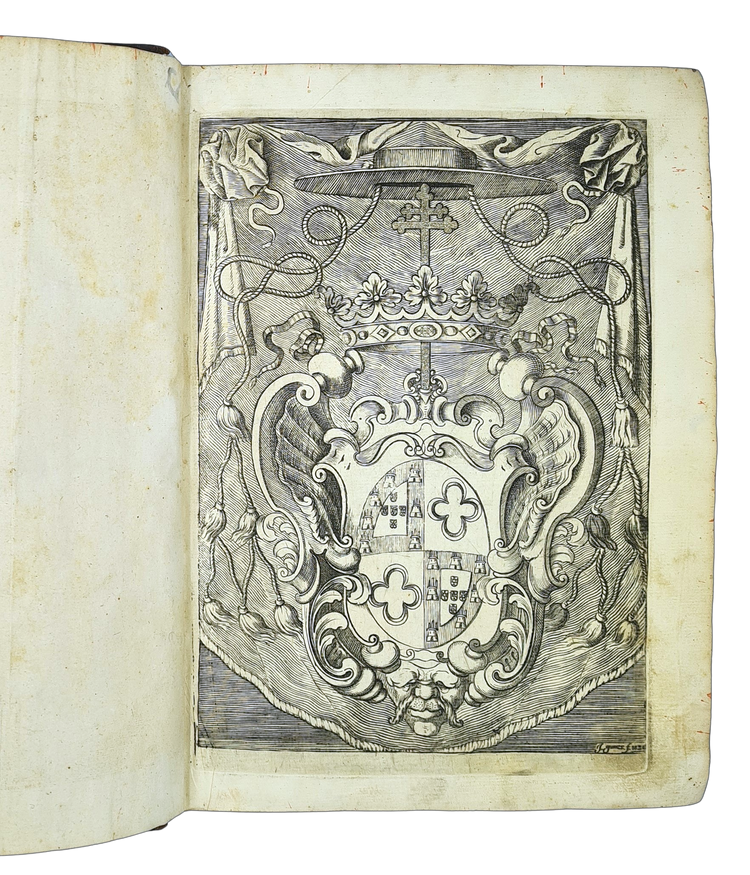
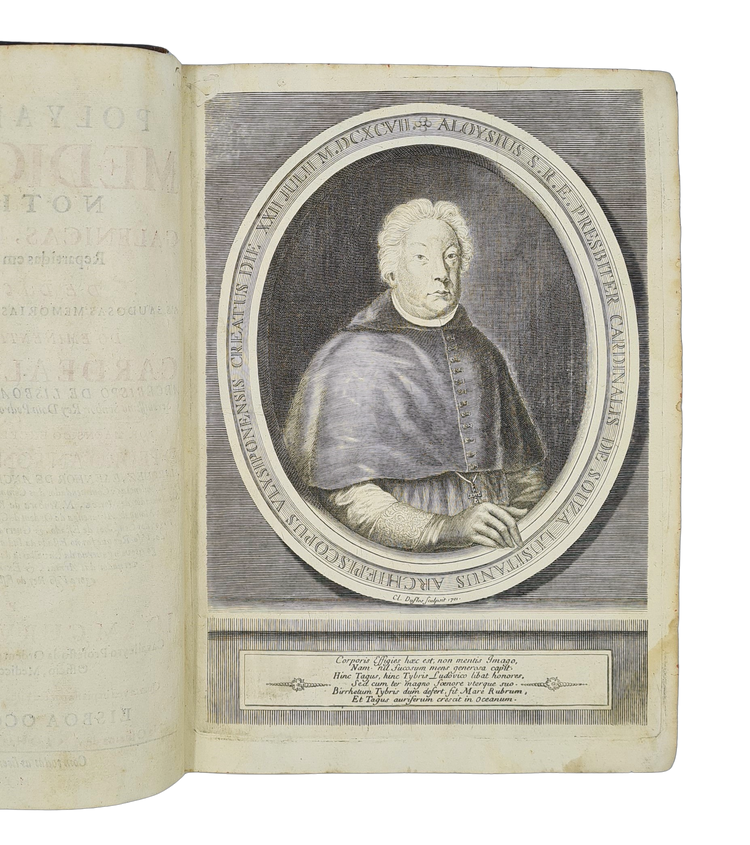

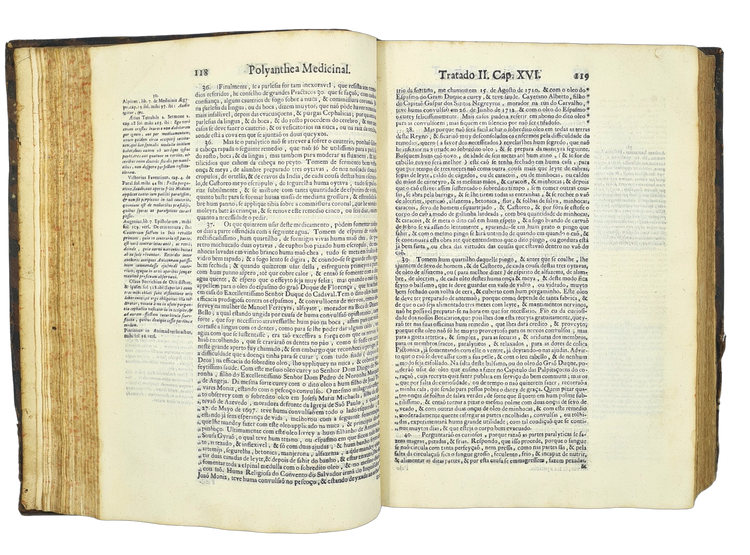

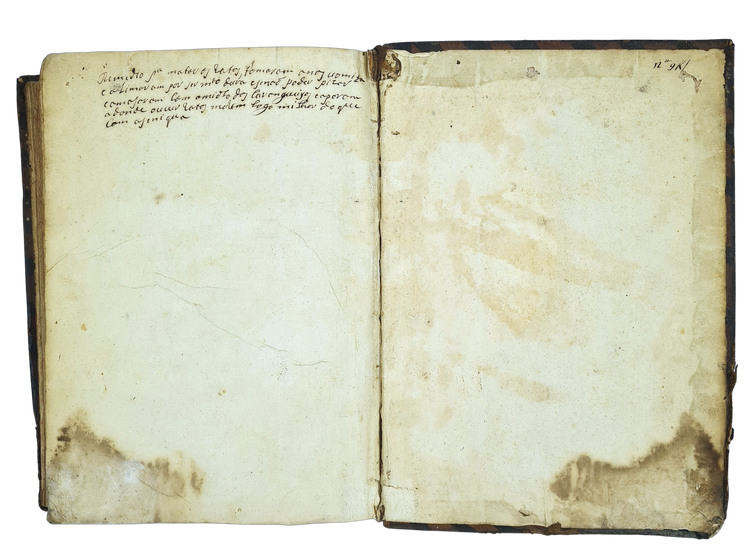
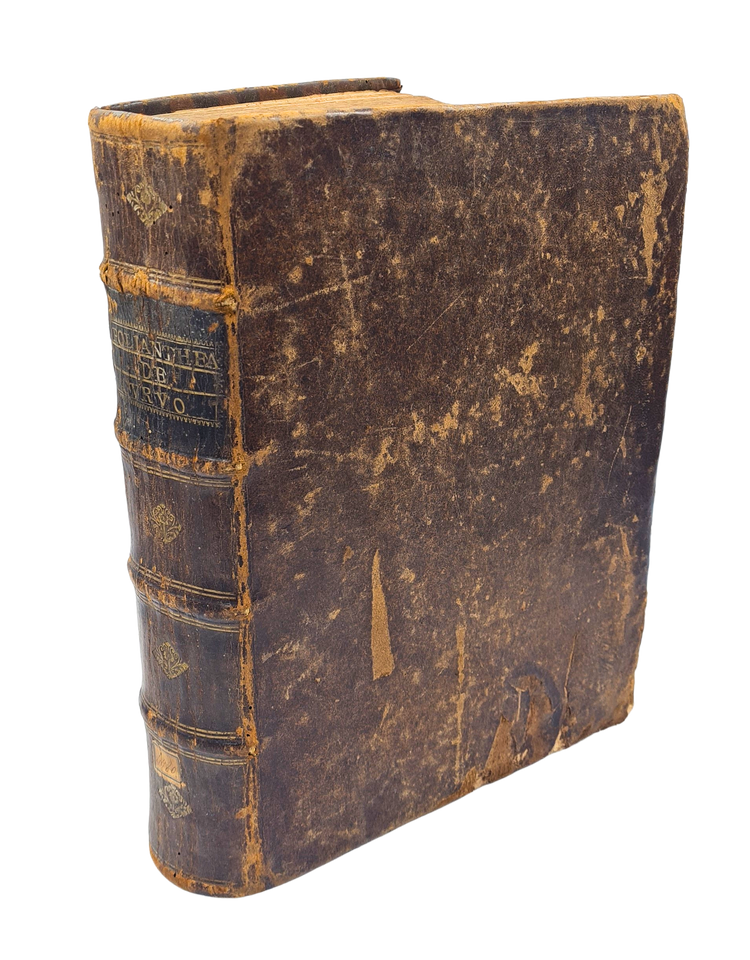
Contact
Email: hugo@artemrarebooks.com
Phone: +31651042297
Visit us on appointment at:
Former US Embassy
Lange Voorhout 102
2514EJ
The Hague (The Netherlands)
Shipping address:
Nannie van Wehlstraat 51
2548MN
The Hague
The Netherlands
















